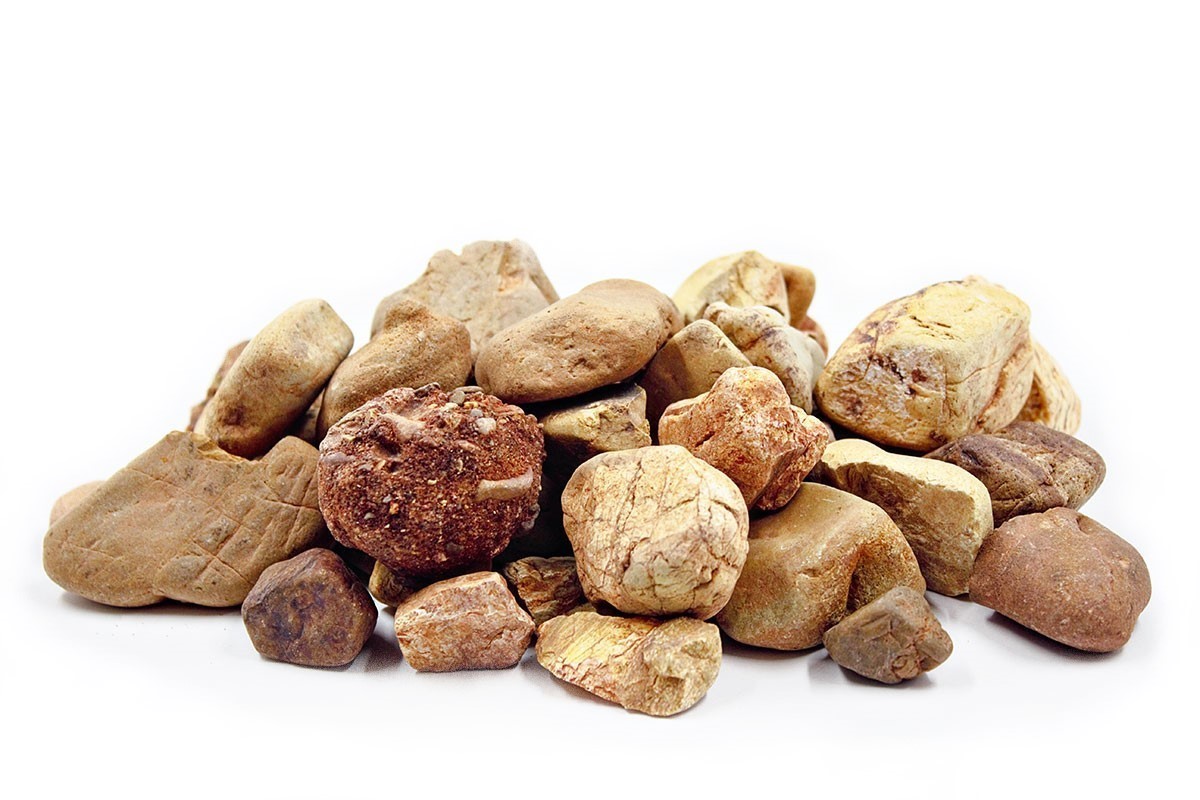
In the realm of landscaping, decorative stone emerges as a versatile and visually captivating element that adds character and charm to outdoor spaces. From quaint garden pathways to majestic water features, decorative stone lends itself to myriad applications, offering both aesthetic appeal and practical benefits. In this article, we delve into the world of decorative stone in landscaping, exploring its uses, advantages, and design possibilities.
Uses of Decorative Stone in Landscaping: Decorative stone finds a multitude of uses in landscaping projects, serving both functional and aesthetic purposes. Some common applications include:
- Pathways and Walkways: Decorative stone for landscaping is often used to create pathways and walkways throughout gardens, parks, and residential landscapes. Whether it’s crushed gravel, pea gravel, or natural flagstone, decorative stone provides a durable and visually appealing surface for foot traffic while adding texture and interest to outdoor pathways.
- Garden Borders and Edging: Decorative stone serves as an excellent choice for defining garden borders and edging. Whether used to delineate flower beds, shrubbery, or lawn areas, stone borders provide a clean and polished appearance while helping to contain mulch or gravel and prevent soil erosion.
- Retaining Walls: Decorative stone can be stacked or arranged to construct retaining walls, which are essential for terracing slopes, preventing erosion, and creating level planting areas. Stone retaining walls add structure and visual interest to the landscape, enhancing its overall aesthetic appeal.
- Water Features: Decorative stone is a popular choice for creating stunning water features such as ponds, waterfalls, and fountains. Whether used as accent boulders, river rocks, or pebbles in a water feature, decorative stone adds texture, color, and natural beauty, transforming ordinary landscapes into serene and tranquil retreats.
- Ground Cover: Decorative stone serves as an attractive and low-maintenance ground cover option for landscaping projects. Whether used as mulch, gravel, or decorative aggregates, stone ground cover helps to suppress weeds, retain moisture, and add visual interest to bare areas of the landscape.
Advantages of Decorative Stone in Landscaping: Decorative stone offers several advantages that make it an ideal choice for landscaping projects:
- Durability: Decorative stone is highly durable and resistant to weathering, making it suitable for outdoor applications where it may be exposed to the elements. Stone landscaping materials are long-lasting and require minimal maintenance, saving time and effort in the long run.
- Versatility: Decorative stone comes in a wide range of colors, shapes, sizes, and textures, offering endless design possibilities for landscaping projects. Whether you prefer the rustic charm of natural stone or the sleek elegance of polished pebbles, there is a decorative stone option to suit every style and preference.
- Sustainability: Decorative stone is a sustainable landscaping material that is sourced from natural stone quarries or recycled from construction and demolition waste. Using decorative stone in landscaping helps to reduce the environmental impact associated with traditional landscaping materials and promotes sustainability in outdoor design.
- Weed Suppression: Stone ground cover helps to suppress weeds and minimize the need for herbicides, providing a natural and eco-friendly alternative to chemical weed control methods. By creating a barrier that blocks sunlight and prevents weed growth, decorative stone helps to maintain a clean and tidy landscape with minimal effort.
- Drainage: Decorative stone improves soil drainage and prevents waterlogging, particularly in areas prone to heavy rainfall or poor drainage. Stone pathways, gravel beds, and drainage trenches allow water to infiltrate the soil more efficiently, reducing the risk of erosion, flooding, and water damage.
Design Tips for Using Decorative Stone in Landscaping: When incorporating decorative stone into landscaping projects, consider the following design tips to achieve the desired aesthetic and functional outcomes:
- Choose complementary colors and textures that harmonize with the surrounding environment and existing landscaping features.
- Use different sizes and shapes of decorative stone to create contrast and visual interest. Mix and match materials such as gravel, river rocks, and boulders to add depth and dimension to the landscape.
- Consider the scale and proportion of decorative stone elements in relation to the overall size and layout of the landscape. Avoid overcrowding or overwhelming the space with too much stone, and ensure that pathways and walkways are wide enough to accommodate foot traffic.
- Incorporate lighting to highlight key features and create ambiance in the landscape. Use spotlights, uplights, or string lights to illuminate water features, pathways, and focal points, enhancing their visibility and appeal after dark.
- Regular maintenance is key to keeping decorative stone elements looking their best. Sweep pathways, remove debris, and periodically replenish gravel or mulch to maintain a clean and well-groomed appearance.
In conclusion, decorative stone for landscaping offers a versatile and visually striking solution for enhancing outdoor spaces. Whether used for pathways, garden borders, water features, or ground cover, decorative stone adds beauty, functionality, and durability to landscapes of all types. By incorporating decorative stone into landscaping projects, homeowners, landscapers, and designers can create stunning outdoor environments that are both aesthetically pleasing and environmentally sustainable.
